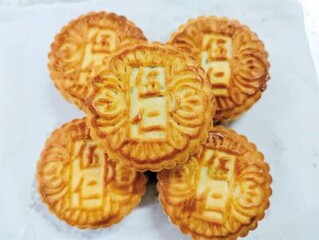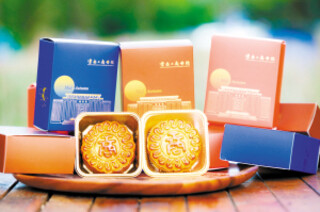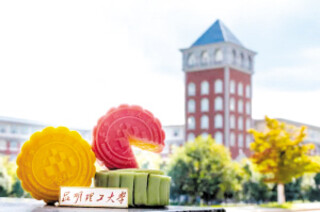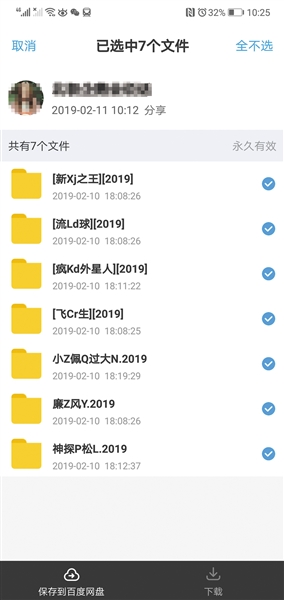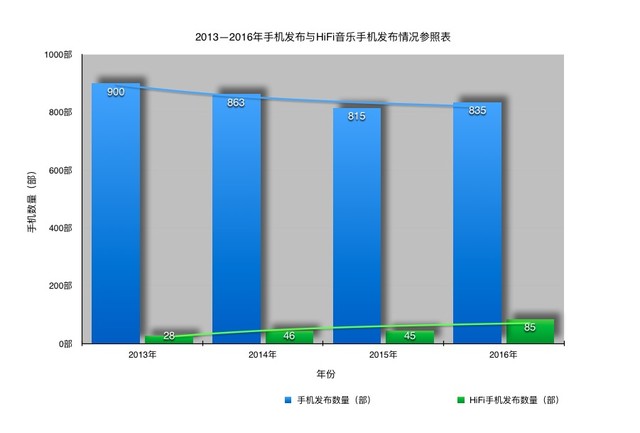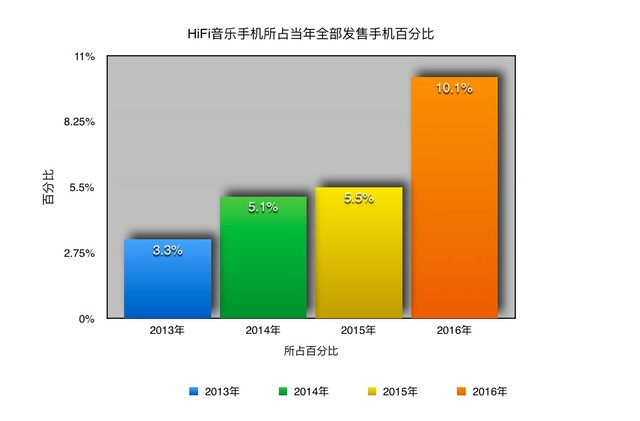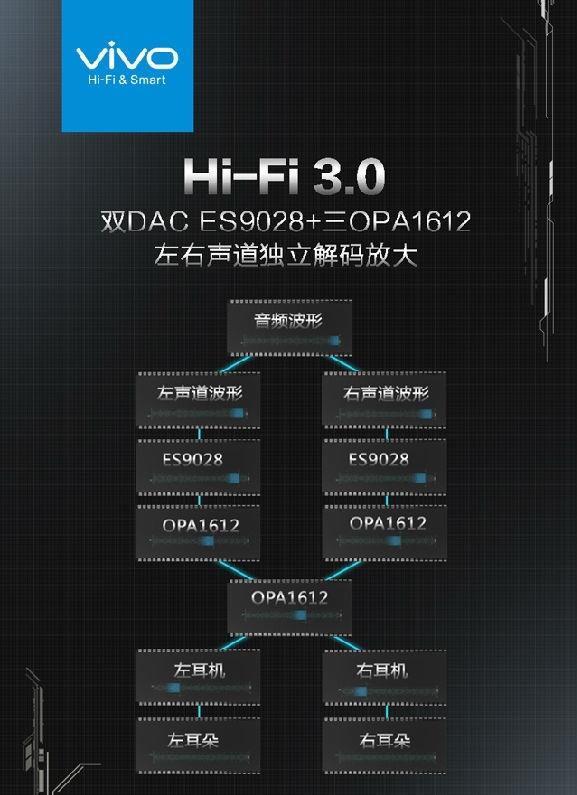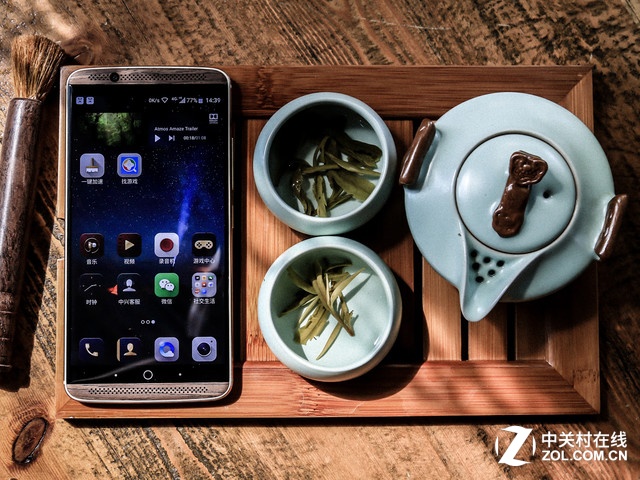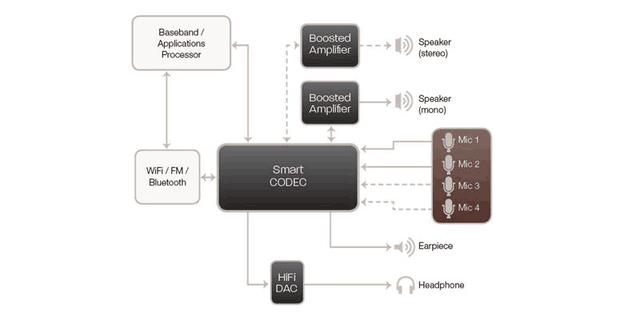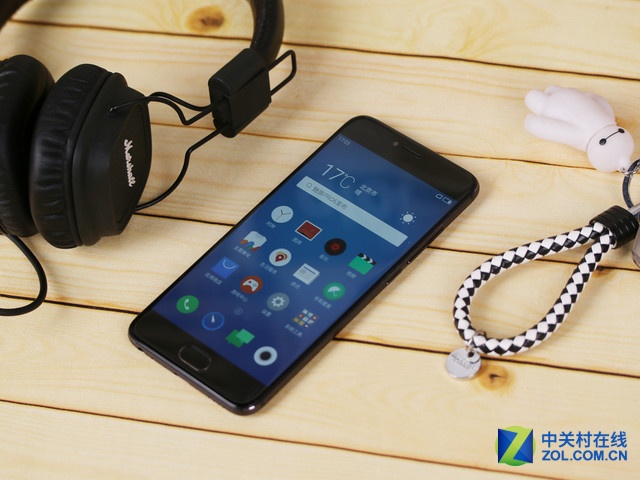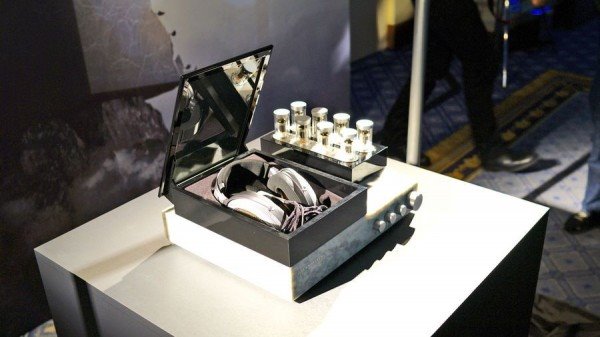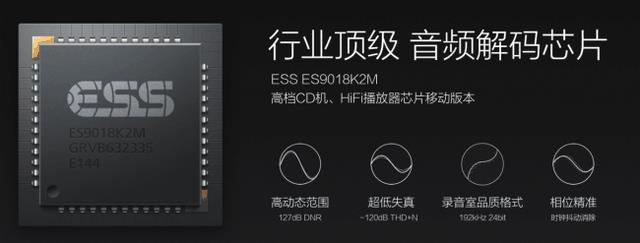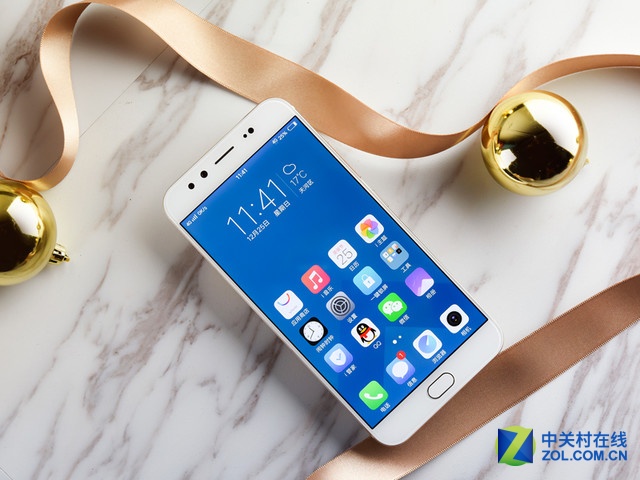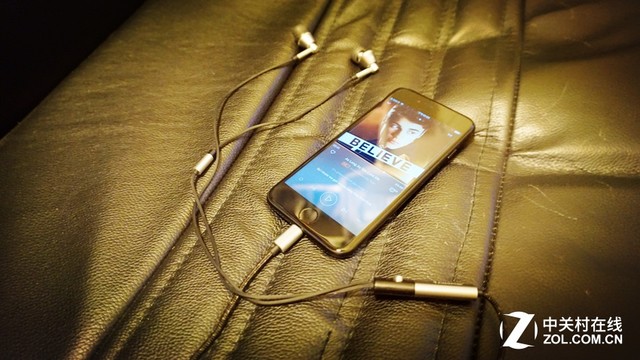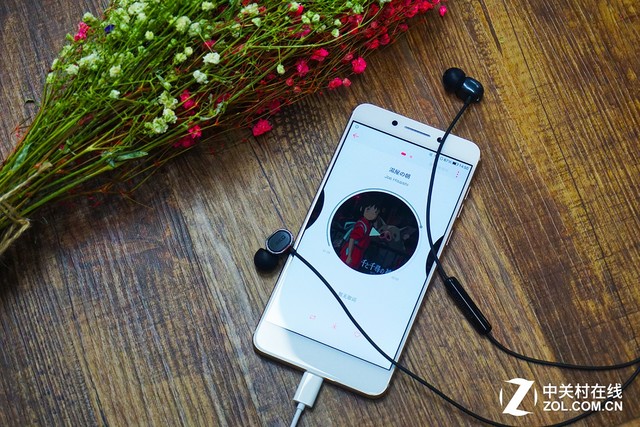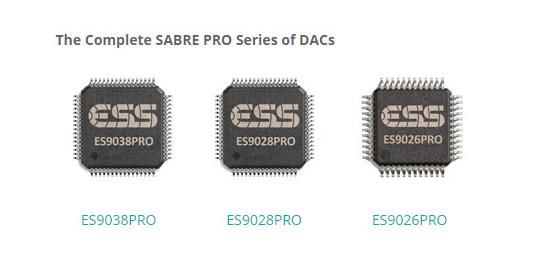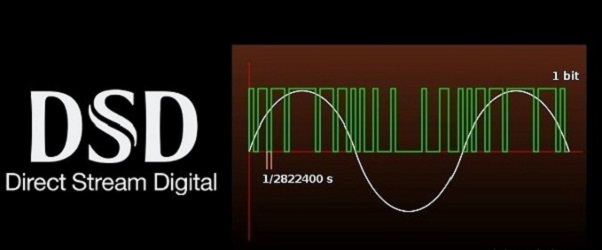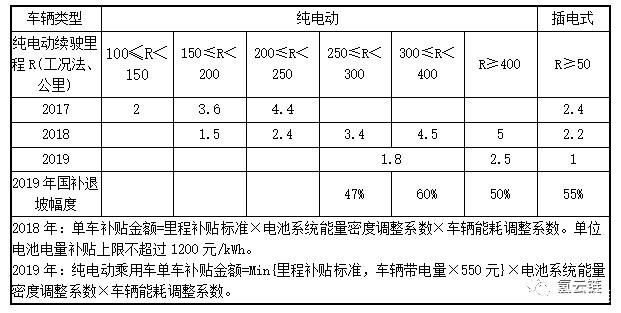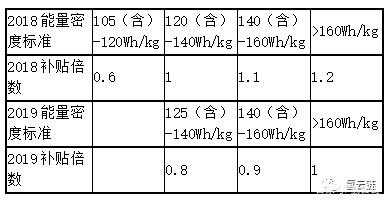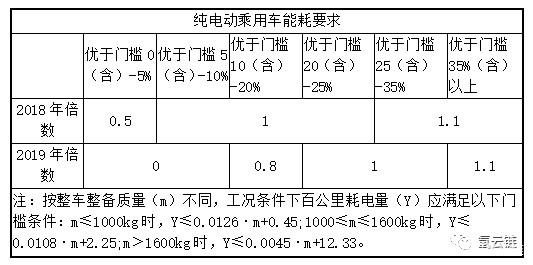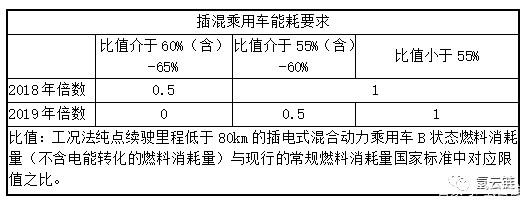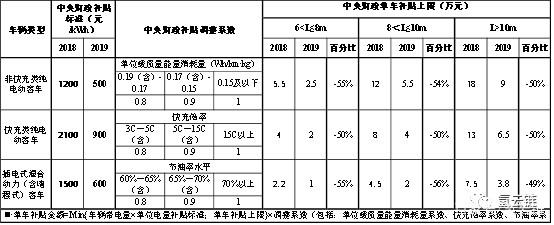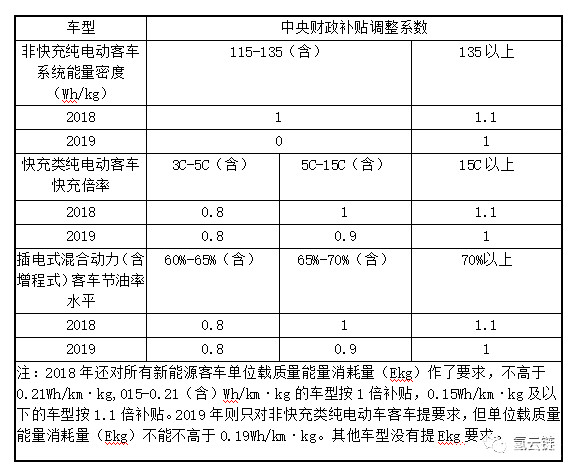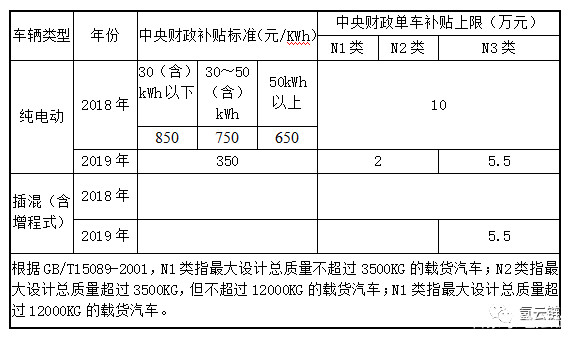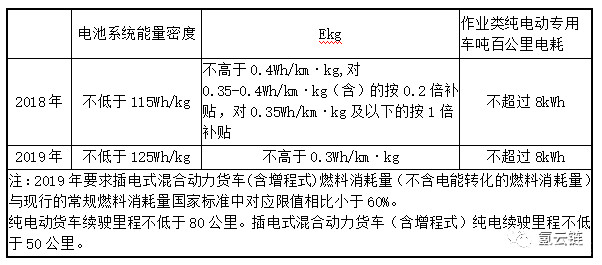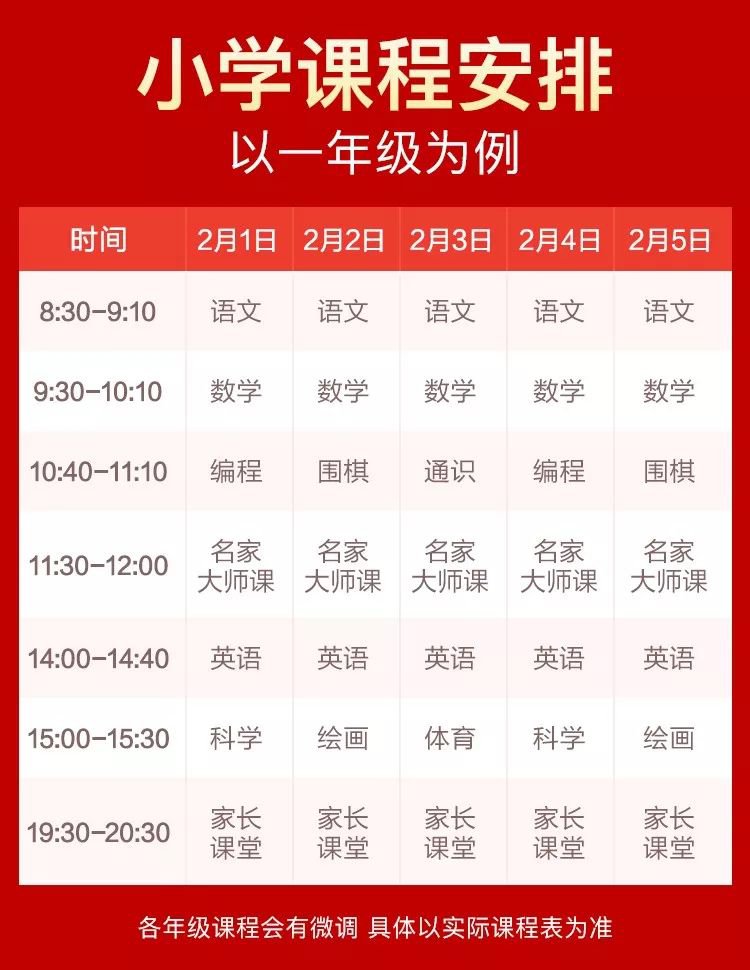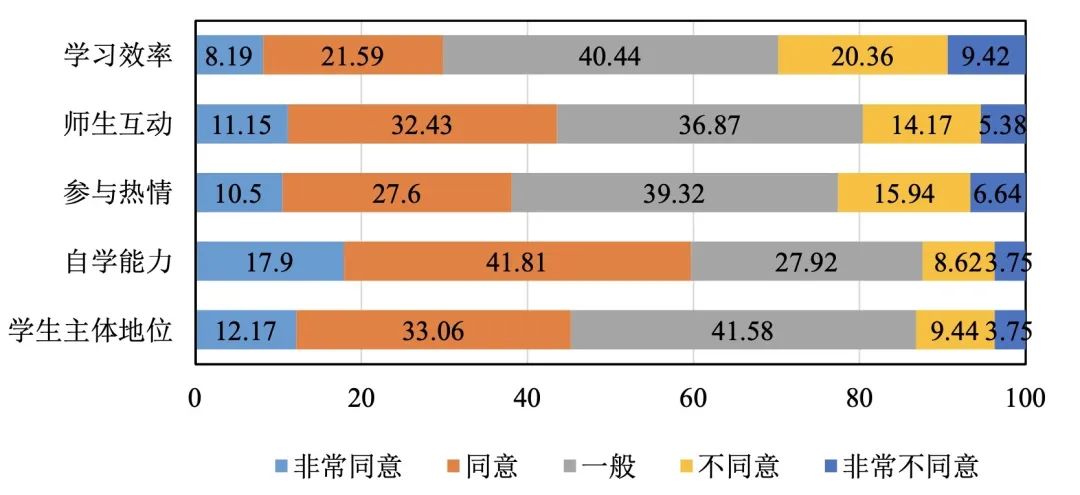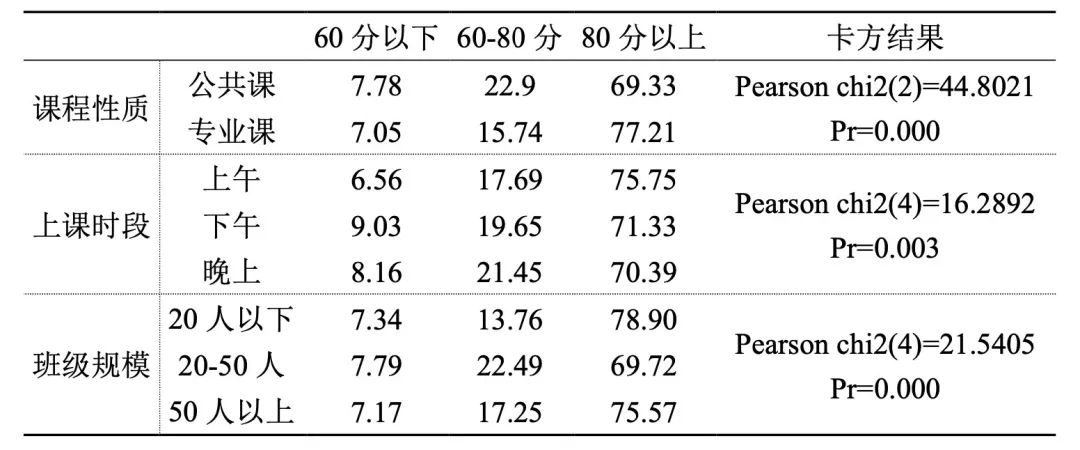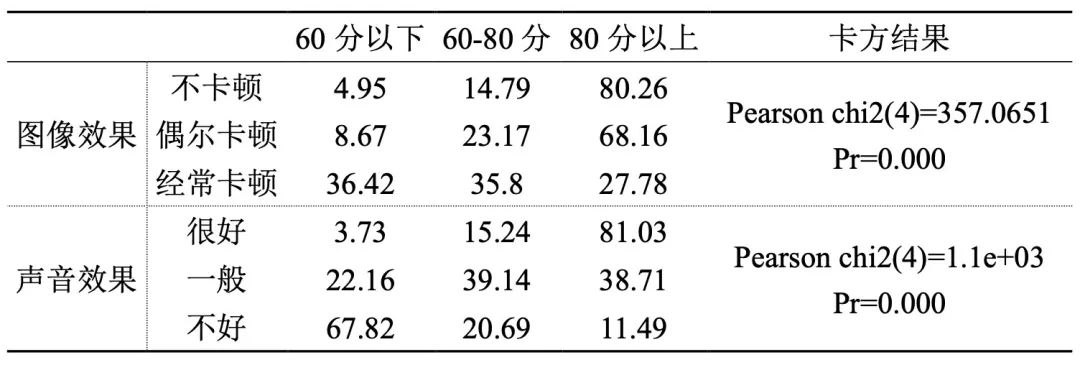Standing Committee of the Fifth Jiuquan Municipal People’s Congress
Gonggao
(No.5)
The Regulations on the Promotion of Civilized Behavior in Jiuquan City was examined and adopted at the 20th meeting of the Standing Committee of the Fifth Jiuquan Municipal People’s Congress on May 23, 2024, and examined and approved at the 10th meeting of the Standing Committee of the 14th Gansu Provincial People’s Congress on July 26, 2024. It is hereby promulgated and shall come into force as of October 1, 2024.
Standing Committee of Jiuquan Municipal People’s Congress
August 12, 2024
Regulations of Jiuquan Municipality on Promoting Civilized Behavior
(adopted at the 20th meeting of the Standing Committee of the Fifth Jiuquan Municipal People’s Congress on May 23, 2024.
Approved at the 10th meeting of the Standing Committee of the 14th Gansu Provincial People’s Congress on July 26th, 2024)
Catalogue
Chapter I General Principles
Chapter II Civilized Code of Conduct
Chapter III Advocating and Encouraging
Chapter IV Supervision and Administration
Chapter V Legal Liability
Chapter VI Supplementary Provisions
Chapter I General Principles
Article 1 In order to cultivate and practice the socialist core values, advocate and promote civilized behavior, enhance citizens’ civilized quality and social civilization level, and speed up the construction of a happy and beautiful new Jiuquan, these Regulations are formulated in accordance with relevant laws and regulations and combined with the actual situation of this Municipality.
Article 2 These Regulations shall apply to the promotion of civilized behavior and related work within the administrative area of this Municipality.
Article 3 The term "civilized behavior" as mentioned in these Regulations refers to the behavior of observing the provisions of the Constitution, laws and regulations, practicing socialist core values, abiding by socialist morality, maintaining public order and good customs, leading social customs and promoting social civilization and progress.
Article 4 The promotion of civilized behavior shall adhere to the principles of unified leadership by Party committees, promotion by government organizations, respective responsibilities of departments and participation of the whole society, and form a long-term mechanism of joint construction, joint governance and sharing.
Fifth city and county (city, district) spiritual civilization construction guidance institutions are responsible for promoting the promotion of civilized behavior within their respective administrative areas.
City, county (city, district) people’s governments shall incorporate the promotion of civilized behavior into the national economic and social development plan, and the required funds shall be included in the fiscal budget at the corresponding level to coordinate with economic and social development.
City, county (city, district) relevant departments and units shall, in accordance with their respective responsibilities, strengthen cooperation and carry out the work of promoting civilized behavior.
Township (town) people’s governments and sub-district offices shall, in accordance with their respective responsibilities, do a good job in the publicity and implementation of civilized behavior.
Villagers’ committees and residents’ committees shall strengthen the propaganda and guidance of civilized behavior and assist in promoting civilized behavior in the region.
Article 6 The whole society should jointly promote the cultivation and practice of civilized behavior.
Social organizations, people’s organizations, enterprises and institutions shall play their respective functions and actively do a good job in publicizing and promoting civilized behavior.
News media should actively publicize civilized behavior, spread civilized ideas, supervise uncivilized behavior, and create a good atmosphere for the whole society to promote civilized behavior.
Citizens should actively support and participate in the promotion of civilized behavior, consciously resist uncivilized behavior, and report and complain about uncivilized behavior.
Civilized units, civilized families, state functionaries, moral models and public figures should play an exemplary role in promoting civilized behavior.
Chapter II Civilized Code of Conduct
Article 7 Citizens shall abide by the following norms:
(a) love the motherland, love the people, love their hometown, support the Communist Party of China (CPC), and safeguard national and social interests;
(2) Respecting, studying, observing, upholding and applying the Constitution;
(3) Consciously practice the socialist core values, vigorously carry forward the spirit of the times, national spirit, manned space spirit, iron man spirit and Mogao spirit, and tell the story of Jiuquan well;
(four) consciously abide by laws, regulations, civic ethics, industry norms, codes of conduct and other civilized codes of conduct;
(5) Respect the customs and habits of ethnic minorities and maintain socialist ethnic relations of equality, unity, mutual assistance and harmony.
Article 8 Citizens shall maintain public order and consciously abide by the following norms:
(a) civilized use of public facilities, not occupation, damage or improper use;
(2) Dress appropriately in public places, behave in a civilized manner, do not smoke, make loud noises, drink or make trouble, and keep silent when using electronic equipment or control the external volume;
(three) to carry out entertainment and fitness, commercial publicity, webcasting and other activities, the venues and facilities should be used reasonably, and the use of audio equipment will not affect the normal life of others, and fitness activities that hinder the safety of others will not be carried out in crowded areas;
(four) to participate in the assembly and watch cultural performances, sports competitions and various exhibitions, to obey the on-site management, and not to affect others and public order;
(five) to fulfill the responsibility of guardianship, to avoid the ward in public places to influence others;
(six) when taking the elevator, buying goods, waiting for service, consciously queuing, not jumping the queue first;
(seven) during construction work, strengthen on-site management and control operation time to prevent dust and noise from disturbing people;
(eight) in the event of an emergency, obey the on-site command, actively cooperate with various emergency measures, and do not gather, watch, boo or maliciously spread online videos and photos;
(nine) prohibit throwing objects at high altitude to prevent falling objects;
(ten) other provisions of laws and regulations.
Article 9 Citizens should take good care of public sanitation and consciously abide by the following norms:
(a) to maintain public places clean and tidy, no spitting, chewing gum, urinating, no littering, cigarette butts, packaging and other waste, civilized toilet;
(two) classification of garbage, garbage, sewage;
(three) not in the forbidden area of open-air barbecue;
(four) to carry out outdoor activities, consciously clean up the waste, not to pollute the environment;
(five) to maintain the cleanliness of public facilities, and not to scribble, depict, paste or spray at will;
(six) take care of flowers, trees and greening facilities, do not pick flowers and fruits, climb trees, damage the green space;
(seven) fireworks are not set off in prohibited areas or during prohibited periods;
(eight) civilized and green sacrifices, do not throw and burn funeral objects at will;
(nine) cover your nose and mouth when coughing or sneezing in public places, and wear masks when patients with respiratory infectious diseases go out;
(ten) other provisions of laws and regulations.
State organs, social organizations, enterprises, institutions and individual operators are responsible for environmental sanitation within their jurisdiction.
Tenth citizens should travel in a civilized way and consciously abide by the following norms:
(a) should take the sidewalk, in accordance with the traffic signal instructions, do not arbitrarily cross the road, across the road isolation facilities, in case of motor vehicle courtesy, under the premise of ensuring safety;
(two) when taking public transport, orderly up and down, take the initiative to give up seats for the old, young, sick, disabled and pregnant passengers, and do not forcibly occupy seats;
(3) driving a non-motor vehicle according to the traffic signal, driving in the non-motor vehicle lane or on the right side of the roadway, not driving on the sidewalk, not driving in the opposite direction, crossing the road or chasing racing;
(4) Driving motor vehicles and non-motor vehicles to give way to pedestrians, using lights and horns in a standardized way, passing through dusty and stagnant sections at low speed, not throwing articles outside the vehicle, and not having any behavior that hinders safe driving;
(5) Driving motor vehicles and non-motor vehicles to take the initiative to avoid emergency vehicles such as fire engines, ambulances, engineering rescue vehicles, police cars, etc., and it is forbidden to illegally occupy emergency lanes;
(six) buses, taxis, network car, etc. to standardize the service, civilized hospitality, keep the vehicle clean and tidy; Do not rob passengers, refuse to carry passengers, stop and get on and off passengers in an orderly manner;
(seven) vehicle parking is standardized and orderly, subject to management, and does not occupy sidewalks, blind roads, fire exits, etc.;
(eight) no damage, abandonment and unauthorized occupation of bike-sharing and other means of transportation;
(9) Other provisions of laws and regulations.
Eleventh citizens should travel in a civilized way and consciously abide by the following norms:
(1) Abide by the regulations on tourism management and respect local historical and cultural traditions and customs;
(two) abide by the order of scenic spots, obey the guidance and management, and shall not endanger the safety of others and their own personal property;
(three) abide by the norms of visiting etiquette, take good care of the memorial facilities for heroes and martyrs, and shall not damage the environment and atmosphere of commemorating heroes and martyrs;
(four) abide by the rules and regulations of tourist attractions, consciously resist uncivilized tourism behavior, and do not destroy or damage public facilities, tourism resources and cultural relics;
(5) Other provisions of laws and regulations.
Tourism professionals should carry out civilized notification, civilized reminder and persuasion in the process of tourist reception, and do not arbitrarily change the tour itinerary or increase self-funded items without authorization, and do not mislead, deceive or force tourists to spend.
Twelfth citizens should maintain community civilization and consciously abide by the following norms:
(1) Neighbors live in harmony, unite and help each other, handle conflicts and disputes in a legal, orderly and civilized manner, and actively participate in community volunteer service and public welfare activities;
(2) Rational use of shared areas, not stacking or hanging articles that affect others’ lives and endanger others’ personal and property safety outside balconies, windows, roofs, platforms, corridors, corridors and basement passages of buildings, and not occupying green spaces, open spaces and spaces without permission;
(3) Park vehicles in a standardized and orderly manner, and do not seize other people’s parking spaces or set up piles and locks without authorization; Do not park or charge electric vehicles in public areas such as shared passages, stairwells and safety exits in buildings;
(four) to avoid disturbing the normal life of others when carrying out decoration, installation and maintenance operations or entertainment, fitness and other activities;
(five) keep the indoor courtyard, the front and back of the house clean and tidy, keep poultry and livestock in captivity according to the regulations, keep the breeding area clean, and do not affect the surrounding living environment;
(six) not on the highway threshing, drying grain, piling up debris;
(seven) other provisions of laws and regulations.
Thirteenth citizens should cultivate moral character with good family style and consciously abide by the following norms:
(a) respect for the elderly and love for the young, filial piety and love for the parents, and inherit the good family style and family education;
(2) Family members respect and love each other, treat each other as equals, live diligently and live in harmony;
(3) Husband and wife are harmonious, loyal and friendly, and domestic violence is prohibited;
(four) to fulfill the responsibility of guardianship, pay attention to words and deeds, educate minors with healthy thoughts, conduct and appropriate methods, and pay attention to the privacy and personal information protection of minors.
Fourteenth citizens should be honest and trustworthy, and consciously abide by the following norms:
(a) follow the principle of good faith, abide by the agreement, and consciously fulfill their obligations;
(two) adhering to the word, pay attention to credit, and consciously practice the promise;
(three) the exercise of rights in good faith, no fraud, respect for the interests of others and social interests.
Fifteenth citizens should seek medical treatment in a civilized way, abide by the order of medical treatment and the relevant rules and regulations of medical places, and respect and obey the guidance and management of medical staff; Handle medical disputes through legal channels, do not gather people in medical places to make trouble, and do not endanger the personal safety and legitimate rights and interests of medical staff.
Medical workers should abide by professional standards, care for and care for patients, respect patients’ right to informed consent, protect patients’ privacy and safeguard their legitimate rights and interests.
Article 16 Citizens should consciously safeguard the campus environment and take good care of education and teaching facilities, and do not insult, abuse, threaten or beat teachers and other educators in any way, and do not gather people inside and outside the campus to make trouble in any way, thus disrupting the order of education and teaching.
Schools should strengthen the construction of civilized campus and teachers’ morality and style, prevent school bullying and bullying, and ensure students’ physical and mental health and safety.
Educators should abide by professional standards, care for students, treat students equally, and do not discriminate, insult, corporal punishment or corporal punishment in disguised form.
Seventeenth citizens should take the initiative to participate in the construction of network civilization, and consciously abide by the following norms:
(a) adhere to the civilized network, civilized use of the Internet, civilized access to the Internet, civilized development of the Internet, do not use the Internet and related information technology to infringe on national interests, social public interests and the legitimate rights and interests of others, and do not disclose the privacy and information of others without authorization;
(two) consciously resist the Internet worship, show off wealth, dress up as ugly, curiosity and other bad habits, and actively report illegal and bad information on the Internet;
(3) Develop a scientific and civilized habit of surfing the Internet, consciously resist uncivilized behaviors on the Internet, interact with each other in a civilized way and express rationally, and do not produce, copy, publish or disseminate false and harmful information such as pornography, vulgarity and online rumors.
The founders and managers of Internet groups and platforms shall fulfill their management responsibilities, strengthen network management and governance, and standardize network behaviors such as information release. Internet service business premises shall not accept minors.
Eighteenth citizens should keep pets in a civilized way and consciously abide by the following norms:
(a) do not keep pets in public corridors, roofs, green spaces, basements and other public areas;
(two) when taking the dog out of the house, lead it with a leash, wear an anti-bite cover, take the initiative to avoid others, and do not enter the dog-forbidden area;
(three) do a good job in pet vaccination, disease prevention and other work;
(four) timely clean up the feces excreted by pets in public areas;
(five) do not abandon or abuse pets, scientifically accept and dispose of abandoned and stray pets according to law, and do not discard pet carcasses at will;
(6) Other provisions of laws and regulations.
Nineteenth window service industries and units should formulate professional ethics and quality service standards, and establish a civilized image of the window; Formulate and publicize the civilized behavior norms of this industry, and set up civilized publicity billboards such as preferential treatment, smoking ban and noise control; Set up service outlets and service windows reasonably, optimize work procedures, promote online booking and online handling, and provide convenient, efficient, civilized and polite services.
The management unit of public places shall, in accordance with the relevant provisions, be equipped with convenient facilities such as love seats, wheelchairs, maternal and child rooms, first aid equipment, etc., set up barrier-free access and volunteer service posts, keep the environment clean and tidy, maintain good order, carry out civilized propaganda, strengthen inspection management, and guide and standardize civilized behavior.
Airports, stations, etc. should standardize the setting of ticket purchasing areas, waiting areas, access roads, set up eye-catching guiding signs, and keep the environment clean and tidy; Strengthen the guidance and management of passengers’ ticket purchase, waiting, entering and leaving the station, and maintain normal order.
Operators or managers of scenic spots in tourist attractions should improve tourist facilities and equipment, and set signs such as tour guidance, service standards and matters needing attention scientifically, reasonably and standardly; Strengthen inspection management, do a good job in passenger flow control, maintain normal tourism order, discourage and stop uncivilized behavior of tourists in time, and ensure the safe and orderly visit of tourists.
Shared vehicles operating units should put vehicles into operation scientifically and reasonably, strengthen vehicle parking management, and timely repair and clean up damaged and abandoned vehicles.
Chapter III Advocating and Encouraging
Article 20 Advocate and encourage the whole society to carry forward the traditional virtues of the Chinese nation, carry out the dissemination and popularization activities of Chinese excellent traditional culture, red culture and advanced socialist culture, and enhance the civilized quality of citizens.
Twenty-first advocate and encourage the following social mutual assistance behavior:
(a) care for special groups, and actively participate in charitable activities such as helping the weak, helping the poor, helping students, helping the disabled and saving orphans;
(two) to encourage individuals to donate blood for free and voluntarily donate hematopoietic stem cells, human tissues and organs according to law.
Twenty-second advocate and encourage the following civilized and healthy lifestyles:
(a) low-carbon life, saving water, electricity, gas, heating and other resources, reducing the use of disposable items and plastic shopping bags;
(2) rational consumption, no comparison, no extravagance and waste;
(3) Saving food, civilized dining, reasonable catering, proper ordering, promoting small meals, using public chopsticks and spoons, and practicing "CD Action";
(four) civilized drinking, not forced to persuade;
(five) green travel, giving priority to walking, cycling or taking public transport;
(six) consciously resist the high bride price, civilized and frugal arrangements for weddings, funerals and other matters;
(7) Other civilized and healthy lifestyles.
Twenty-third advocate and encourage reading for all. Promote the construction of county (city, district) libraries, township (street) comprehensive cultural stations and farmer’s (community) bookstores, create public cultural spaces such as urban study rooms, cultural post stations, cultural auditoriums and cultural squares, and form a comprehensive and convenient network of public cultural facilities. Fully protect the cultural rights and interests of special groups such as minors, the elderly and the disabled, and promote the integration of public cultural services into the daily lives of urban and rural residents.
Twenty-fourth advocate and encourage units and individuals to carry forward the fine tradition of supporting the army and being superior to their families, respect heroic martyrs, and respect and care for soldiers and their families.
Twenty-fifth to encourage courageous people, to protect the courageous people according to law.
Twenty-sixth advocate and encourage units and individuals to actively participate in and carry out activities and volunteer services for the creation of civilized cities, civilized units, civilized villages and towns, civilized campuses and civilized families.
Chapter IV Supervision and Administration
Twenty-seventh spiritual civilization construction guidance institutions in the selection and commendation activities of advanced models of spiritual civilization construction should take the performance of civilized behavior as the selection and recommendation conditions.
The guidance institution for spiritual civilization construction shall, in accordance with the relevant provisions, evaluate the civilization degree index for the promotion of civilized behavior.
Twenty-eighth relevant administrative departments shall perform their supervisory duties:
(a) the competent department of network security and informatization should promote the construction of network civilization, improve the supervision and management mechanism of Internet information, and strengthen the monitoring, early warning and governance of uncivilized behavior on the network;
(two) the competent department of data shall establish and improve the mechanism of encouraging trustworthiness and punishing dishonesty, and standardize the collection, storage and use of credit information;
(three) the public security organs should strengthen the education of the rule of law and moral education in the process of cracking down on illegal crimes according to law, carrying out traffic management, public security prevention and resolving contradictions and disputes, and maintaining social harmony and stability;
(four) the competent department of transportation shall strengthen the supervision and management of public transport operators such as buses and taxis, and urge them to carry out professional ethics education for practitioners to improve the level of civilized service;
(5) Civil affairs departments should strengthen the management of social organizations, give full play to the role of social organizations in promoting civilized behavior, strengthen education and guidance, and promote the reform of marriage customs and funeral;
(six) the education department should promote the construction of civilized campus, urge schools and other educational institutions to abide by the norms of civilized behavior on campus, and incorporate civilized behavior into the evaluation of students’ comprehensive quality;
(seven) the competent departments of commerce, culture, sports, radio and television, tourism, health and health shall incorporate civilized service into the service category of the industry, supervise and guide the relevant units to formulate civilized service standards with industry characteristics, and carry out civilized service appraisal activities;
(eight) the market supervision department should strengthen the supervision of the market operation order, stop false propaganda, price fraud, food waste and other acts, and strive to create a standardized and orderly, fair competition, honest and trustworthy, rational consumption market environment;
(nine) urban management departments should actively explore the way of digital city management, strengthen law enforcement, and improve the civilized quality of citizens;
Ecological environment, housing and urban and rural construction, water affairs, agriculture and rural areas, forestry and grassland, cultural relics and other departments shall, in accordance with their respective responsibilities, do a good job in promoting civilized behavior.
Twenty-ninth city and county (city, district) spiritual civilization construction guidance institutions shall establish a civilized behavior record system, and record the information of civilized behavior such as courageous, voluntary service, charity and public welfare.
The relevant departments of the people’s governments of cities and counties (cities, districts) shall establish a system for reporting, complaining and investigating uncivilized behaviors, set up telephone numbers and mailboxes for reporting complaints, promptly accept, investigate and expose uncivilized behaviors, and keep confidential the identity information of informants and complainants.
The functional departments responsible for promoting civilized behavior should improve the inspection and supervision, education and guidance, reward and punishment mechanisms.
Chapter V Legal Liability
Thirtieth in violation of the provisions of this Ordinance, should be given administrative punishment according to law, by the relevant administrative law enforcement departments in accordance with the provisions of relevant laws and regulations, shall be punished.
Article 31 If state organs and their staff abuse their powers, engage in malpractices for selfish ends or neglect their duties in promoting civilized behavior, the directly responsible person in charge and the directly responsible personnel shall be punished according to law.
Chapter VI Supplementary Provisions
Article 32 These Regulations shall come into force as of October 1, 2024.
Wonderful in the past
Original title: Announcement of the Standing Committee of the Fifth Jiuquan Municipal People’s Congress (No.5)
Read the original text
